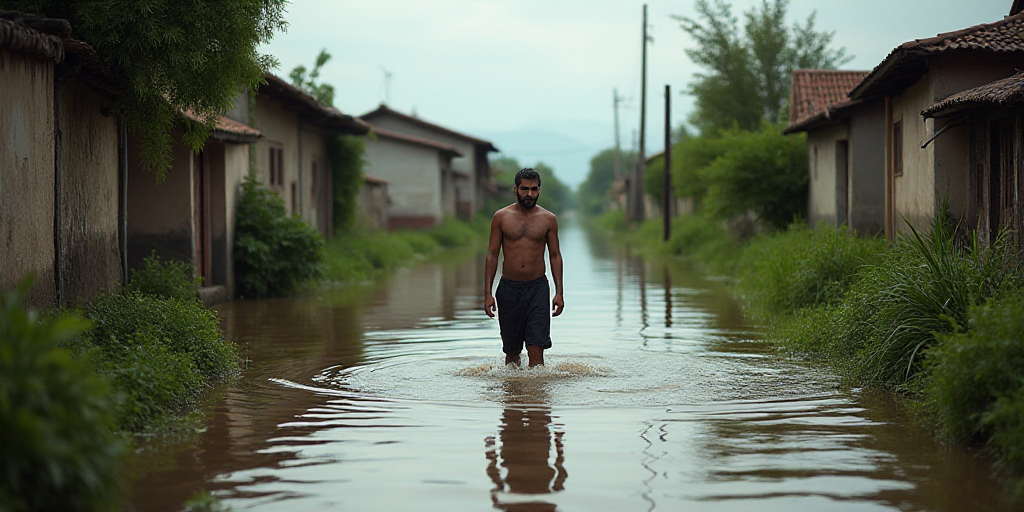Introduction
The global water cycle is becoming more irregular and extreme, according to a report from the World Meteorological Organization (WMO). The report also warns of fluctuations ranging from intense precipitation to periods of drought, causing cascading effects on economies and society.
Current State of Global Water Resources
The report on global water resources states that only about one-third of the world’s hydrological basins had “normal” conditions in 2024. The rest experienced values above or below normal, indicating a clear imbalance for the sixth consecutive year.
Regional Variations
- Central, Western, and Eastern Africa, along with parts of Asia and Central Europe, experienced wetter-than-normal conditions in 2024.
- The Amazon Basin and other regions of South America, as well as Southern Africa, faced severe drought episodes.
Additionally, the report highlights a general loss of glacier mass across all regions for the third consecutive year.
Growing Pressure on Water Resources
WMO Secretary-General Celeste Saulo emphasized the increasing pressure on global water resources, stating that “water is indispensable for our societies, driving our economies and sustaining our ecosystems. However, global water resources are under growing strain, and water-related hazards, increasingly frequent and devastating, have a growing impact on our lives and livelihoods.”
Importance of Data Exchange
The WMO report is part of a series aimed at providing information and guidance to policymakers. It evaluates the availability of global freshwater resources, focusing on river flows, reservoirs, lakes, groundwater, soil moisture, snow, and ice.
The report leverages data from WMO members and global hydrological modeling systems, as well as satellite observations from various partners. Saulo stressed the importance of continued investment and collaboration in data exchange to address monitoring gaps, noting that “without data, we risk acting blindly.”
Water Scarcity and SDG 6
Approximately 3.6 billion people lack adequate access to water for at least one month each year, a number projected to surpass 5 billion by 2050 according to UN Water data. The world remains far from achieving Sustainable Development Goal 6 on clean water and sanitation.
Key Questions and Answers
- What is the main concern highlighted by the WMO report? The increasing irregularity and extremity of the global water cycle, with severe droughts in some regions and intense precipitation in others.
- How does the WMO report assess global water resources? The report evaluates river flows, reservoirs, lakes, groundwater, soil moisture, snow, and ice availability using data from WMO members, global hydrological modeling systems, and satellite observations.
- Why is data exchange crucial, according to the WMO? Data exchange is essential for informed decision-making and addressing monitoring gaps, as “without data, we risk acting blindly.”
- What is the current status of access to clean water and sanitation? The world is far from achieving Sustainable Development Goal 6, with around 3.6 billion people lacking adequate access to clean water and sanitation, a number expected to rise to over 5 billion by 2050.






